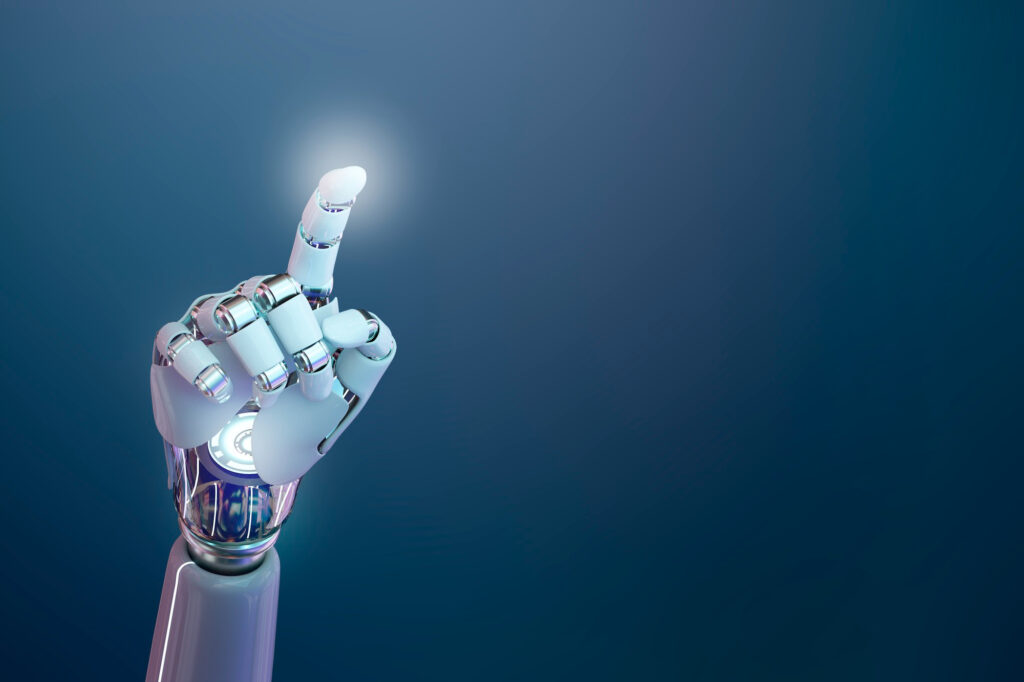Artificial Intelligence has become more and more involved in a plethora of industries and domains and, contrary to the common belief, it doesn’t only refer to calculations. AI can also be a very important decision-making and cognitive factor in the development of new technologies or the advancement of already-existing ones. Intelligent document processing will be the focus of our article and we will be discussing how things like NLP, AI, OCR, and neural networks are transforming this area and helping it become more efficient.
About Natural Language Processing
Natural Language Processing or NLP represents a specific branch of AI that aids computers in their struggle to grasp the meaning of the human language and interpret it accordingly. As its definition suggests, it aims to facilitate the interaction between people and machines. NLP is used in a multitude of domains from digital banking and document recognition to invoice processing, insurance claims processing, invoice processing automation, and intelligent document processing, just to name a few.
NLP is also useful for covering certain types of activities such as speech and text detection and segmentation, optical character recognition, document classification, and text-to-speech transformations. Businesses benefit a lot from using NLP because it helps with e-mail and document classification, it reduces the costs, and overall it increases interpretational accuracy and efficiency.
The link between NLP in AI and document processing
There is no secret that grasping the exact meaning of a certain document, regardless of the form it is presented in, can be a huge challenge for businesses. Nowadays, data is generated at huge speeds and volumes, and keeping up with everything can be almost impossible at times. Free-text is also part of the aforementioned problem because it is incredibly difficult to understand and work with in this environment. After all, conventional technologies simply do not provide enough accuracy.
Another challenge is to grasp the meaning of structured data because traditional technologies cannot do it when a new format of text appears. In short, data extraction and processing can become a big hurdle for businesses and can provide a huge block when it comes to efficiency.
The connection between NLP in AI and document processing is established when data that is fully unstructured becomes usable. NLP is also used by Intelligent Document Processing with the aim to read and process data coming from both types of documents, meaning structured and unstructured. Things like digital mailroom automation and document classification machine learning are part of the processes that can become a lot more efficient and quick through the use of NLP in AI.
Moreover, Natural Language Processing is able to discover and interpret things like keywords, key intentions, and important phrases in order to grasp the correct meaning of a text.
Sentiment analysis is also possible with NLP in the sense that it can categorize the data within a document based on human feelings. Some of those include positive and negative feelings as well as neutral ones. The marketing department of a company can benefit greatly from these interpretations because they can highlight real human emotions that the audience is feeling or should be feeling. Personalized services can be created like this as well as more targeted and client-friendly support.
Neural Networks in intelligent document processing
Neural networks have been an integrant part of intelligent document processing since the inception of AI. In fact, the first such network was designed back in the 1990s so that banks could read and process checks and post offices to process handwritten addresses automatically. Obviously, neural networks, as well as AI, have greatly improved since then and now, they have become mandatory for accurate document processing activities.
Deep learning uses artificial neural networks to simulate the neural network of the human brain and how it functions. These ANNs actually represent the basis of deep learning and enable machines to recognize and learn large data volumes. They are also constantly evolving and learning, hence the name, so that the performance is increased and the results are better.
However, machine learning models cannot improve without training using high-quality data. Humans can do this by labeling the data and personalizing the learning experience to fit a certain domain or business. Models can be trained again and again so that they can be improved as the business develops and gains a larger audience. Updating models is also a common practice in document processing so that they can recognize and understand new data and documents on the go.
About optical character recognition (OCR)
It’s now time to talk a bit about optical character recognition or OCR which is also sometimes called simply text recognition. OCR is able to scan physical documents, extract the data (text, images, etc.) and then repurpose it. This type of software is also capable of extracting the letters, putting them into words, and the words into sentences, therefore, allowing for the editing of the original document. Moreover, thanks to OCR, manual data entry is no longer necessary therefore saving time and money when it comes to companies.
OCR works by using a mix of software with hardware in order to transform physical documents into digital ones that a computer can recognize. Think of driver’s license OCR, tax form OCR, or ID OCR and you will immediately understand what this is all about. In essence, this is still about machine learning OCR because this type of solution needs to be taught how to convert documents into digital data.
AI also comes into play which is why intelligent character recognition also exists. This is a special type of OCR that can recognize different languages, signs, and handwriting styles. Most of the time, companies or individuals use OCR to transform physical historical or legal documents into PDF ones that humans can edit and search through the same way they would with a basic word document.
It’s worth mentioning that the first iteration of this type of solution was the Omni-font OCR which was created by Kurzweil Computer Products, Inc. back in 1974. At the time, this technology was still new and could only recognize printed text regardless of the font it was written in. The founder of the company, Ray Kurzweil decided to use this technology to aid the blind and, with the help of machine learning, he created a device that could read texts out loud. Think of it as an OCR robot.
This technology became even more popular back in the 1990s with the need to create digital databases of historical newspapers so they wouldn’t be lost. Nowadays, OCR technology is used in document processing all over the world by regular people. Most of us have an app on our phones that can scan and turn physical documents into digital ones for various purposes. Before the invention and development of this type of technology, the only way to do this was by manually copying the documents. This was not only extremely time-consuming but also prone to inevitable errors that then needed even more time to be corrected.
How does OCR work for document processing?
We have already talked about how OCR uses a combo of both hardware and software to function. Well, the hardware part of the mix is represented by a scanner most of the time which is able to process the physical documents. Once that is done, the software part kicks in where the data is transformed into a two-color version. The dark areas represent the characters while the light one represents the background. Only the dark areas need to be processed and turned into letters, numbers, and symbols.
Then there are the pattern recognition and feature detection stages. The first one compares the text within the OCR software to other examples in various formats and fonts. This helps it recognize the scanned characters. The second stage consists of applying certain rules in order to recognize numbers and characters. Things like lines, the angles they are positioned at, and many other details are taken into account when recognizing a certain symbol, regardless if it’s a letter or a number.
OCR and how it benefits document processing
There are a lot of benefits that OCR has but the most important ones can be observed within the domain of document processing. Probably the most important benefit has to do with the simplification of the entire data entry procedure that was once very time-consuming. People and businesses are now able to store lots of data digitally and therefore search, read, and edit those documents as they please. Access to those is now a constant and it has become effortless to search for a specific piece of information on a device.
OCR also drastically reduces the costs for a company, it automates the processing of documents, accelerates workflows within the company, and centralizes data quickly and efficiently. Last but not least, it’s crystal clear that advanced technologies are now able to produce better application performance and results. This means that users are the main beneficiary of them and businesses and individuals should not be afraid to implement things like NLP, neural networks, OCR, and AI in general into their document processing endeavors.




